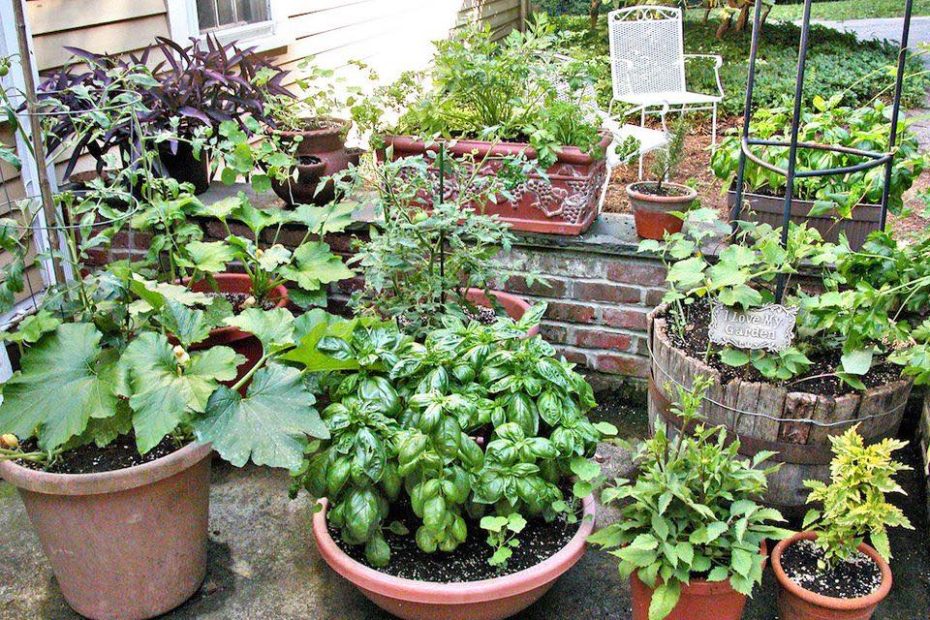It often starts with a simple craving—perhaps for a handful of fresh basil to sprinkle over pasta, or the thought of plucking a sun-warmed tomato straight from the vine. For many, this desire quickly crashes against the reality of living in a small apartment, a crowded city lane, or a home with barely enough outdoor space for a chair, let alone a garden. But small spaces, as it turns out, can be surprisingly generous when it comes to growing food.
I remember the first time I saw a balcony garden that felt like a miniature jungle. It was no larger than a dining table, yet it overflowed with leafy greens, bright cherry tomatoes, and the sweet scent of mint. The owner, an elderly neighbor named Mrs. Kapoor, laughed when I asked how she managed to grow so much in so little space. “You don’t need land,” she said, handing me a sprig of rosemary, “you need imagination.” That was my introduction to the art of small space gardening.
Finding Space Where There Seems to Be None
In small space gardening, the trick is to stop thinking horizontally and start thinking vertically. Walls, fences, window sills, and even hanging baskets can become fertile ground. An old shoe rack can be transformed into a tiered herb stand; a bare balcony wall can host a vertical trellis for beans or cucumbers. Even the kitchen can be a growing space—with jars of microgreens on the counter or sprouting garlic in a reused teacup by the window.
When every inch matters, it’s important to choose plants wisely. Leafy greens like spinach, lettuce, and kale grow quickly and don’t demand much root space. Herbs—basil, coriander, mint—thrive in small pots and reward you with continuous harvests. Cherry tomatoes, dwarf chillies, and radishes also adapt beautifully to containers. The secret is matching the plant’s needs to the size of the container and the light you can provide.
Turning Limited Light into Abundant Growth
One challenge for small-space gardeners is sunlight. Not every balcony gets the luxury of six hours of direct sun. But plants are adaptable, and so should we be. South-facing windowsills are ideal, but even a partially shaded spot can grow something edible. Leafy greens, for example, are happy with a few hours of morning light. For the stubbornly shady corner, mushrooms or certain herbs like mint and parsley do just fine. And if natural light is scarce, small grow lights can turn your living room into a thriving micro-farm.
The Joy in Growing and Harvesting
Perhaps the most satisfying part of small space gardening is how quickly you see results. A pinch of seeds scattered in a shallow tray can turn into a lush bed of microgreens in just ten days. A tomato plant in a recycled bucket can produce fruit for weeks. And there’s something deeply grounding about harvesting a salad from your own home, even if that home is a studio apartment in the middle of the city.
There’s also an unexpected side effect: your relationship with food changes. When you’ve watched a cucumber grow from a curling vine to a crisp, green vegetable, you waste less. You savor more. You start to see possibilities everywhere—an old crate becomes a planter, a rain gutter turns into a strawberry bed, and suddenly, you’re eating food that you nurtured yourself.
In the end, small space gardening is less about size and more about spirit. It’s about claiming whatever patch of space you have—a balcony, a windowsill, a sunny corner—and coaxing life from it. You may start with a single pot of basil and end up with a kitchen garden that surprises you every morning. And like Mrs. Kapoor told me years ago, you’ll realize that the real harvest isn’t just the food—it’s the joy of watching something grow under your care.
Compact Starter Plant Plan for Small Spaces
1. Herbs (Year-Round Harvest)
- Basil – Needs 4–6 hrs sunlight; perfect for pasta, salads, and pesto.
- Mint – Thrives even in partial shade; ideal for teas and chutneys.
- Coriander (Cilantro) – Grows quickly; best in cooler months.
Container Tip: 6–8 inch pots, well-draining soil, water when topsoil is dry.
2. Leafy Greens (Fast and Space-Efficient)
- Spinach – Harvest in 30–40 days, keeps growing after cutting.
- Lettuce (Loose-leaf varieties) – Compact roots; perfect for shallow trays.
- Microgreens (Fenugreek, Mustard, Radish greens) – Ready in 10–12 days.
Container Tip: Shallow trays (4–6 inches deep), rich compost mix, frequent light watering.
3. Compact Fruiting Plants
- Cherry Tomatoes – Needs good sunlight; keep in 10–12 inch deep pots.
- Dwarf Chillies – Beautiful and productive; tolerate some heat stress.
- Strawberries (Ever-bearing) – Can grow in hanging baskets or vertical planters.
Container Tip: Deep pots or hanging baskets, add slow-release organic fertilizer.
4. Quick Root Crops
- Radish – Ready in 25–30 days; thrives in narrow containers.
- Baby Carrots – Choose “mini” or “thumbelina” varieties.
Container Tip: Tall narrow pots, loose soil for straight roots.
Extra Tip: Start with 3–5 plants at first, so you learn their needs before expanding. Rotate crops every 2–3 months to keep the soil healthy.
